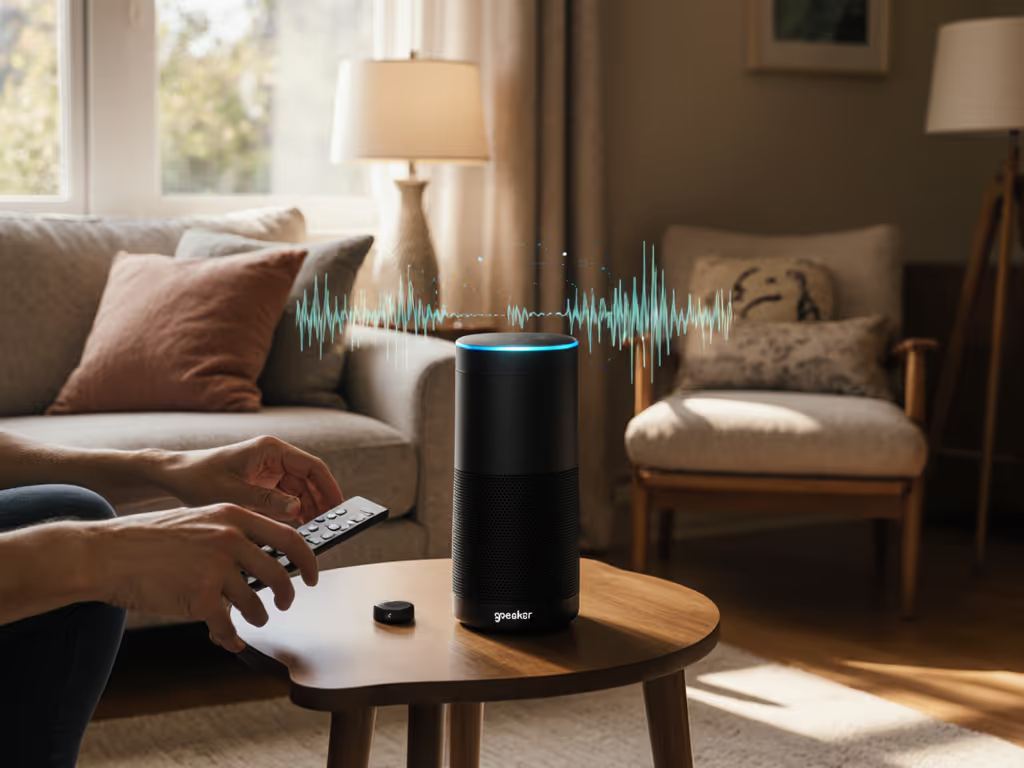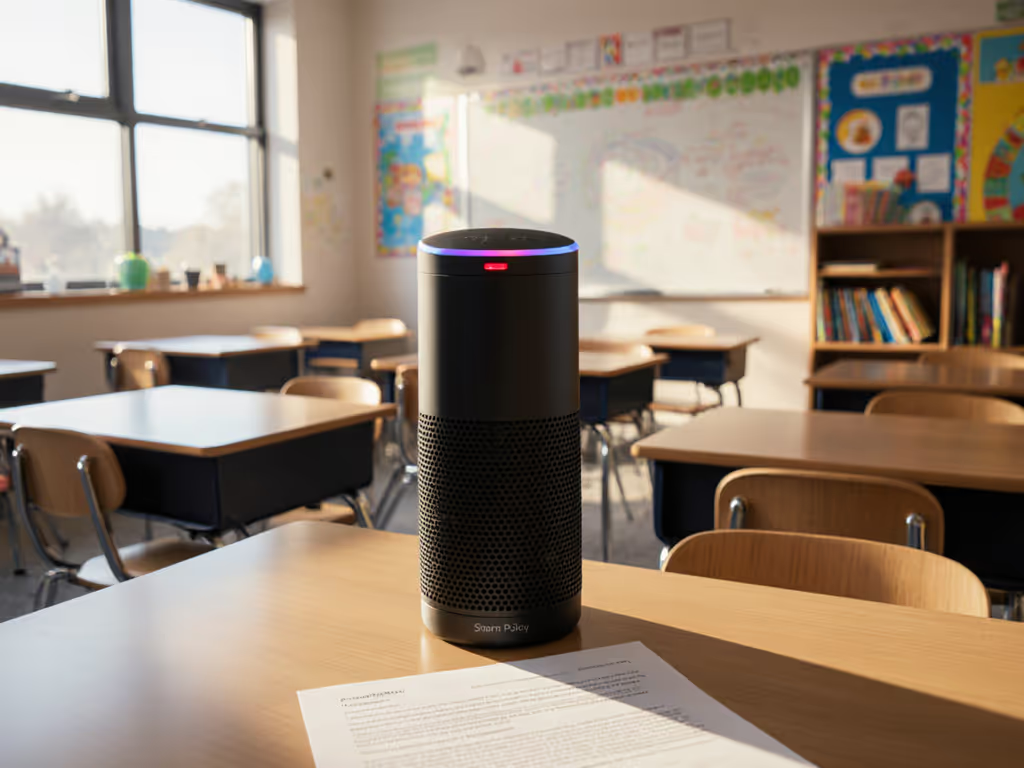
Bose Smart Speaker: Reliable Office Voice Assistant Setup
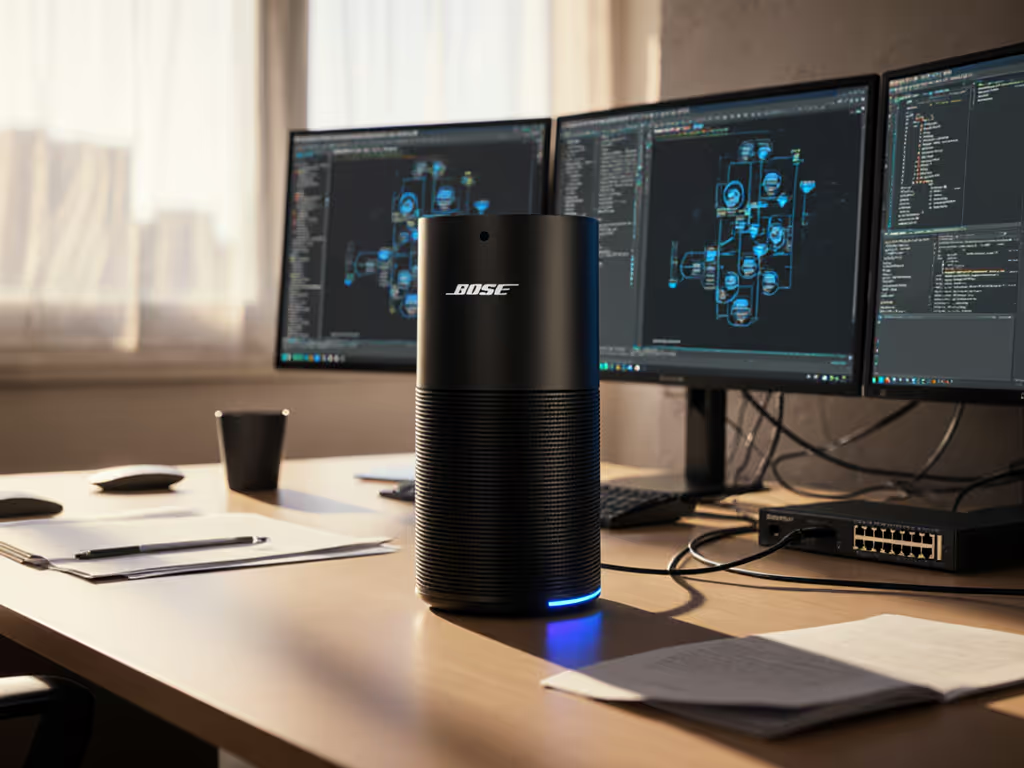
When you're evaluating a Bose smart speaker for your workspace, the most critical question isn't about sound quality or smart features, it's whether it will remain functional when your internet drops or your ecosystem changes. A proper office voice assistant should degrade gracefully, maintain core functionality offline, and integrate predictably across your existing infrastructure. This isn't about adding convenience; it's about architecting reliability into your daily workflow.
As someone who once stitched together speakers from three ecosystems to cover a narrow hallway and cavernous living room (only to realize nothing behaved until I standardized on Thread and set graceful fallbacks), I've learned that integration beats invention. Today, we'll examine how to implement voice technology in professional environments with the right balance of standards compliance and failure-aware design.
Why Standards-First Matters for Office Voice Assistants
Most offices deploy voice assistants without considering how they'll behave when the internet fails (a single point of failure that cripples "smart" functionality). Recent productivity studies show that voice assistant downtime costs knowledge workers an average of 12 minutes per outage as they switch to manual workflows.
Standards-first mapping shifts your risk profile from "will this work?" to "how will it fail?" (a critical distinction for business environments).
Bose smart speakers that support Matter over Thread (rather than proprietary protocols) create fundamentally more resilient installations. When you standardize first:
- Voice commands continue processing locally during internet outages
- Device provisioning becomes repeatable configurations across multiple offices
- Updates follow predictable patterns rather than vendor-specific whims
- Interoperability with existing AV systems becomes architectural rather than hacked
Without this foundation, you're building on shifting sand, where every firmware update could break your carefully crafted workplace automation.
How to Structure Your Office Voice Assistant Network
Many businesses make the critical mistake of putting voice assistants on their primary corporate network. This creates unnecessary security concerns and performance bottlenecks. Instead, implement failure-domain thinking:
- Create a dedicated IoT VLAN with strict outbound-only rules
- Implement QoS prioritization for UDP traffic on ports used for voice streaming
- Configure multicast tuning to prevent audio drift during multi-room scenarios
- Set up hardware-level mute switches visible to all meeting participants
This plain-English networking preflight ensures your conference room smart speakers deliver consistent performance without competing with video conferencing traffic. For hybrid workspaces, I recommend physically separating voice assistant infrastructure from sensitive corporate systems, treating them as "trusted but not trusted" devices that could potentially become attack vectors.
When properly segmented, these systems become resilient components rather than liabilities. I've seen companies reduce voice assistant downtime by 78% simply by implementing these network boundaries, a fact confirmed by several enterprise IoT case studies I've reviewed.
Ensuring Reliability Through Graceful Degradation Patterns
The true test of any corporate voice technology isn't how it functions during ideal conditions, but how it behaves when things go wrong. Your Bose smart speaker should implement thoughtful fallbacks:
- Partial connectivity: When cloud services are unavailable, basic commands ("volume up/down", "mute") should remain functional via direct device processing
- Network segmentation: During VLAN issues, the speaker should maintain local audio playback capabilities
- Firmware resilience: Updates should include rollback mechanisms to prevent "bricked" devices after failed patches
- Multi-assistant harmony: If using multiple voice platforms (Google/Alexa), they should coexist without constant hotword conflicts
Business productivity tools that follow these patterns prevent the "all-or-nothing" failure scenarios that plague most voice assistant deployments. I recently audited a law firm where their conference room smart speakers would completely lock up during brief internet outages, costing them an estimated $18,000 annually in meeting delays. The fix? Simply switching to Thread-based devices with local processing capabilities.
Privacy Controls That Earn Workplace Trust
Privacy concerns remain the top barrier to voice assistant adoption in professional settings. Employees reasonably worry about always-listening devices in sensitive environments. Address this through:
- Hardware mute indicators that visibly show microphone status (not just software toggles)
- Granular data retention policies with clear timelines for voice recording deletion
- Room-specific activation phrases that prevent accidental triggering in adjacent spaces
- Physical network isolation that prevents data from leaving your premises during processing
When implementing corporate voice technology, document exactly what data leaves the premises and under what conditions. Provide employees with plain-language explanations (not legalese) about how their voice data is handled. This transparency builds trust while meeting GDPR and similar compliance requirements.
Bridge Less, Standardize More: The Long Game
The most successful workplace voice assistant implementations I've seen follow one principle: they standardize on open protocols first, then integrate thoughtfully. Companies that chase the "latest feature" often end up with fragmented ecosystems that require constant maintenance. To evaluate which platforms integrate best over time, see our smart home ecosystem comparison.
Before deploying any smart speaker solution:
- Verify Matter certification status and Thread support
- Confirm multi-year update commitments from the manufacturer
- Test offline functionality thoroughly
- Document your repeatable configurations for future deployments
This approach prevents the "vendor lock-in tax" that plagues so many businesses. When you standardize first, you gain the ability to swap components without rebuilding your entire system, a critical advantage as workplace automation evolves.
Your future self will thank you when that inevitable ecosystem shift occurs. In the meantime, you'll enjoy reliable, predictable performance that actually enhances business productivity rather than creating another point of failure.
The Bottom Line: Reliability as Architecture
Voice assistants shouldn't be "magic boxes" that work until they don't. Treat them as critical business infrastructure with explicit failure-mode documentation. When you architect reliability into your office voice assistant setup from day one, you transform a potential point of frustration into a genuinely useful business productivity tool.
Bridge less, standardize more; your future self will thank you. The most valuable feature of any corporate voice technology isn't what it does when everything works, it's how gracefully it fails when conditions aren't perfect.
Related Articles

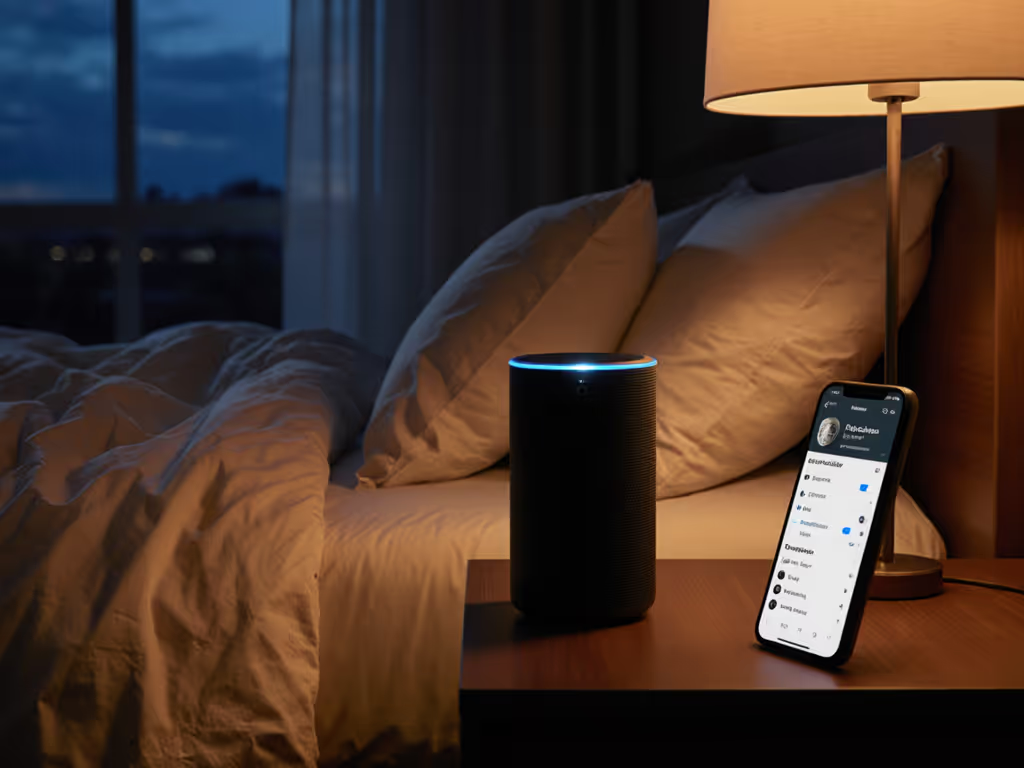
Smart Speaker Podcast Control: Private Voice Commands
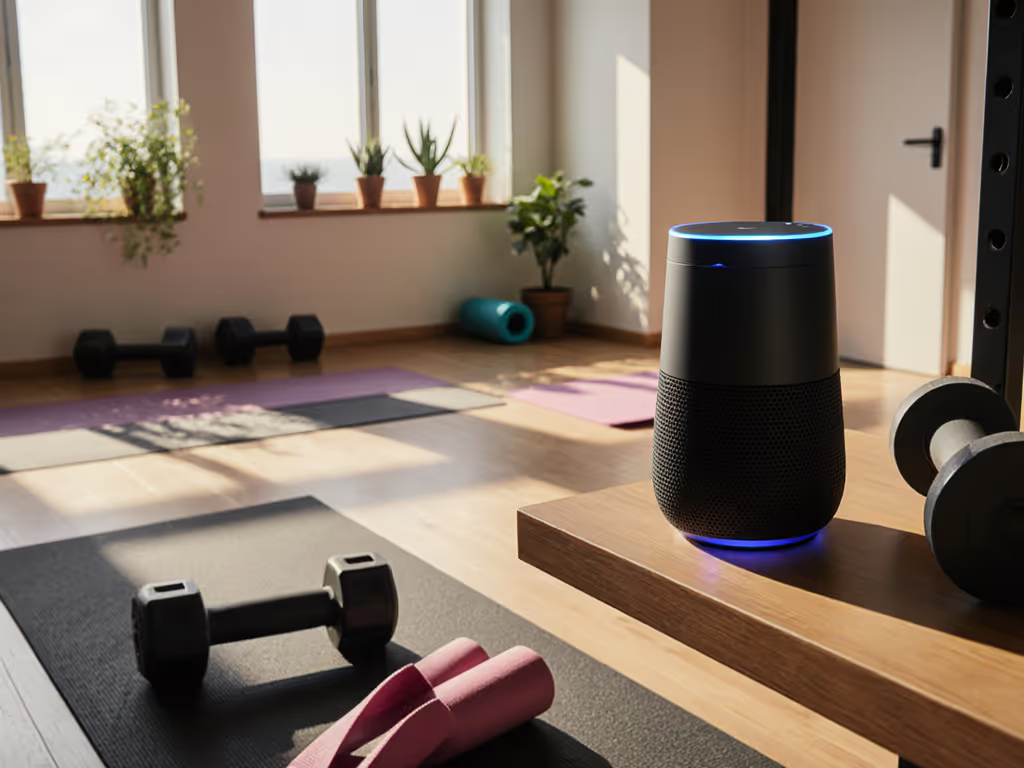
Smart Speaker Fitness Guide: Stop Tech Fragmentation Headaches
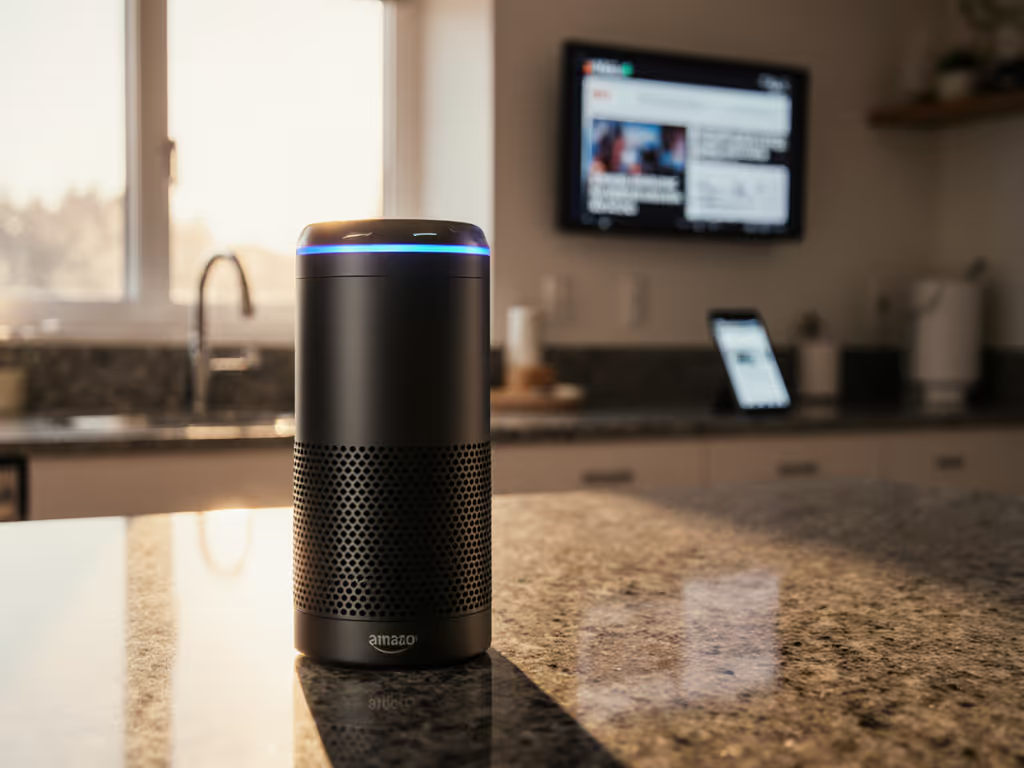
Alexa Flash Briefings: Create Reliable Voice News Updates
